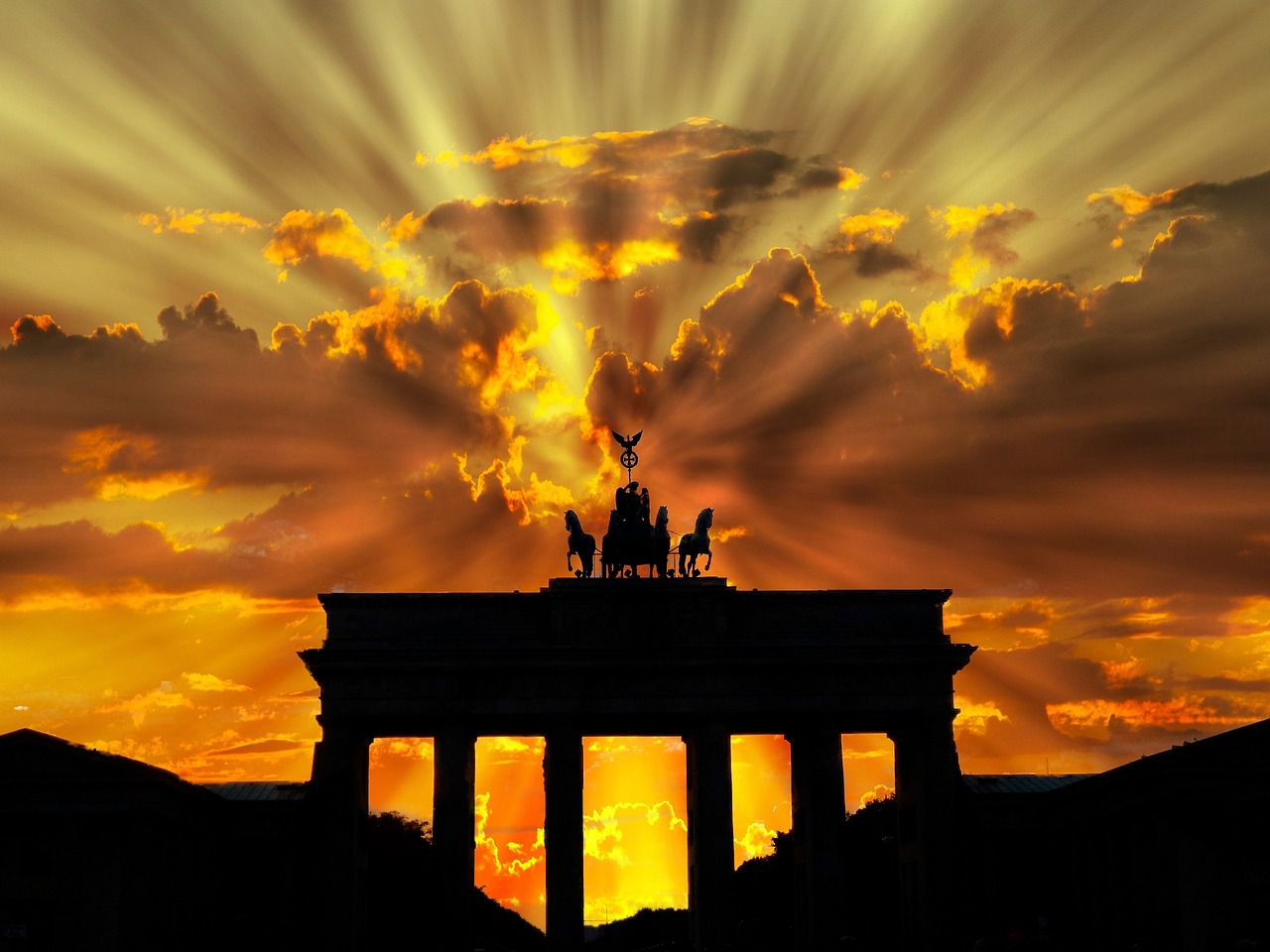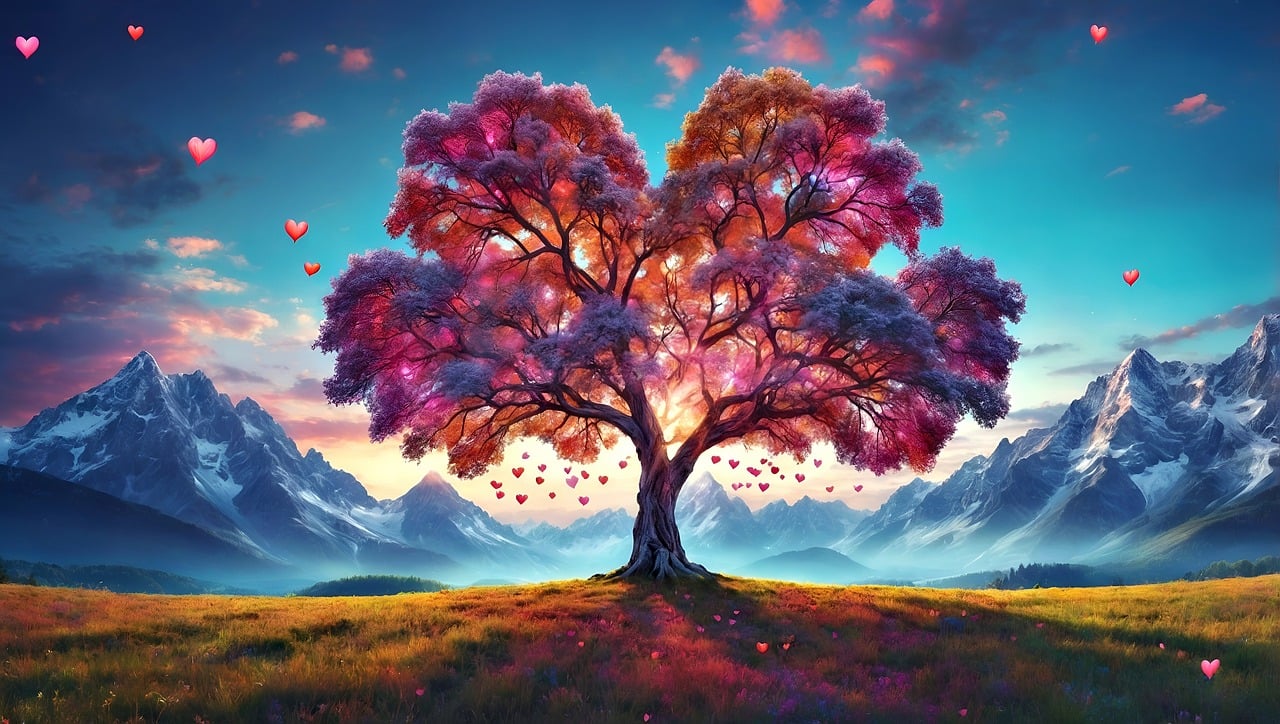The Influence of Sacred Art and Symbols on Spiritual Consciousness

Before diving in, please note: This post is for informational purposes only. If you’d like to know more about how we approach topics, feel free to check out our friendly Disclaimer Page.
Hey there, amazing readers! 🖐️ Just a quick note: yes, we know there are a lot of ads here. Trust us, we get it—it’s not the prettiest look, but they help us keep this blog alive and kicking. Those pesky little ads cover the costs of all the behind-the-scenes magic, from hosting and tech stuff to creating content we hope you’ll love.
We’re committed to delivering quality posts, and your support (even just sticking around despite the ads) means everything to us. So, bear with us, and thanks for helping us keep the good vibes rolling. Now, on to the fun stuff! 😉
TRANSLATE BUTTON AT THE END OF THE ARTICLE
Throughout history, human beings have sought to connect with the divine, the transcendent, and the mysteries of the universe.
One powerful tool in this pursuit has been sacred art and symbols.
These visual representations, often found in religious traditions around the world, have the ability to evoke deep emotions, stimulate contemplation, and serve as potent aids in the journey towards spiritual awakening.
Understanding the Nature of Sacred Art and Symbols:
Sacred art and symbols differ from their secular counterparts in their function and intention.
They are not merely decorative or aesthetic, but rather vehicles for conveying spiritual truths and teachings.
They are created and used to evoke specific emotions and states of consciousness, to connect with the divine realm, and to inspire individuals on their spiritual paths.
Symbols:
Symbols are visual representations of intangible concepts and ideas.
They can be simple geometric shapes, complex figures, or stylized representations of natural objects.
Through their inherent meaning and association with specific traditions, symbols act as triggers for deeper understanding and spiritual connection.
Examples of Sacred Symbols:
The cross: In Christianity, the cross symbolizes the sacrifice and triumph of Jesus Christ.
It serves as a reminder of God’s love and forgiveness and inspires devotion and faith.
The lotus flower: In Buddhism, the lotus flower symbolizes purity, enlightenment, and spiritual transformation.
Its emergence from muddy waters represents the ability to rise above suffering and achieve spiritual liberation.
The Star of David: In Judaism, the Star of David represents divine protection, unity, and the interconnectedness of all things.
It serves as a symbol of identity and a reminder of God’s covenant with the Jewish people.
The Om symbol: In Hinduism and other Eastern traditions, the Om symbol represents the ultimate reality, the source of all creation.
It is often used in meditation and chanting to focus the mind and connect with the divine.
Art:
Sacred art encompasses a wide range of artistic expressions, including paintings, sculptures, architecture, music, dance, and poetry.
Each form utilizes specific techniques and materials to evoke specific emotions and inspire spiritual contemplation.
The Power of Sacred Art:
Emotional Evocation: Sacred art has the ability to evoke a wide range of emotions, from awe and wonder to peace and tranquility.
This emotional response can create a sense of connection with the divine and inspire personal reflection and growth.
Contemplation and Meditation: Sacred art can serve as a focus for meditation and contemplation.
By focusing on a specific symbol or image, one can quiet the mind, access deeper levels of consciousness, and gain insights into spiritual truths.
Storytelling and Transmission of Tradition: Sacred art serves as a powerful tool for storytelling and the transmission of spiritual traditions.
Through the visual representation of myths, legends, and religious narratives, sacred art helps to preserve and transmit important cultural and spiritual knowledge across generations.
Beauty and Transcendence: Many forms of sacred art are imbued with a sense of beauty and wonder that can inspire awe and a sense of connection with the transcendent.
Explore the Path to Spirituality and Enlightenment – start here.
This experience can be transformative and lead to a deeper understanding of the divine and one’s place in the universe.
Examples of the Influence of Sacred Art:
Gothic cathedrals: The soaring architecture and stained-glass windows of Gothic cathedrals have inspired awe and wonder for centuries.
These structures were designed to elevate the mind and spirit towards the divine realm.
Buddhist mandalas: These intricate geometric patterns are used in meditation to focus the mind and cultivate inner peace.
They symbolize the interconnectedness of all things and the path to enlightenment.
Islamic calligraphy: The beauty and complexity of Islamic calligraphy can be used as a form of meditation and contemplation.
It serves as a reminder of the perfection and unity of God.
African masks: These masks are often used in ritual ceremonies to connect with the spirit world.
They can be powerful tools for accessing altered states of consciousness and experiencing spiritual transformation.
Conclusion:
Sacred art and symbols have played a vital role in spiritual development throughout human history.
Their ability to evoke emotions, inspire contemplation, and connect us with the divine make them powerful tools for anyone seeking to deepen their spiritual awareness.
By engaging with these artistic expressions, we can open ourselves to new perspectives, deepen our understanding of spiritual truths, and experience the transformative power of art and faith.
Additional Resources:
Sacred Symbols: A Universal Language of Religion by James R.
Lewis
Art and Spirituality by Huston Smith
The Power of Myth by Joseph Campbell
The World’s Great Religions by Huston Smith
Further Exploration:
Visit museums and galleries that exhibit sacred art from different cultures and traditions.
Participate in religious services or ceremonies that incorporate sacred art and symbols.
Explore the use of sacred art and symbols in meditation and contemplative practices.

The Enlightenment Journey is a remarkable collection of writings authored by a distinguished group of experts in the fields of spirituality, new age, and esoteric knowledge.
This anthology features a diverse assembly of well-experienced authors who bring their profound insights and credible perspectives to the forefront.
Each contributor possesses a wealth of knowledge and wisdom, making them authorities in their respective domains.
Together, they offer readers a transformative journey into the realms of spiritual growth, self-discovery, and esoteric enlightenment.
The Enlightenment Journey is a testament to the collective expertise of these luminaries, providing readers with a rich tapestry of ideas and information to illuminate their spiritual path.
Our Diverse Expertise 🌟
While our primary focus is on spirituality and esotericism, we are equally passionate about exploring a wide range of other topics and niches 🌍📚. Our experienced team is dedicated to delivering high-quality, informative content across various subjects ✨.
To ensure we provide the most accurate and valuable insights, we collaborate with trusted experts in their respective domains 🧑🏫👩🏫. This allows us to offer well-rounded perspectives and knowledge to our readers.
Our blog originally focused on spirituality and metaphysics, but we’ve since expanded to cover a wide range of niches. Don’t worry—we continue to publish a lot of articles on spirituality! Frequently visit our blog to explore our diverse content and stay tuned for more insightful reads.





